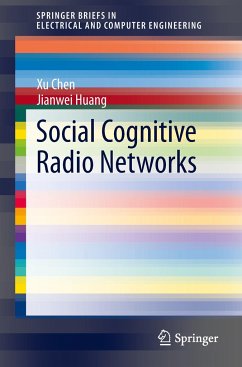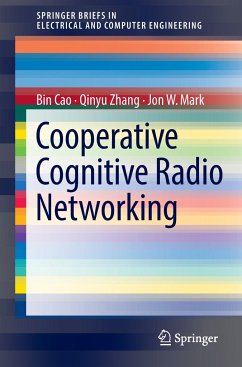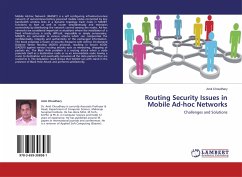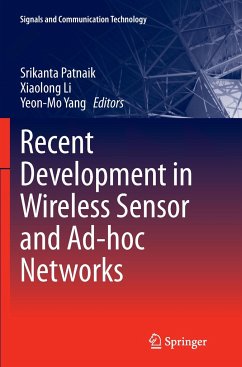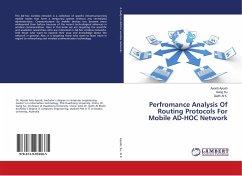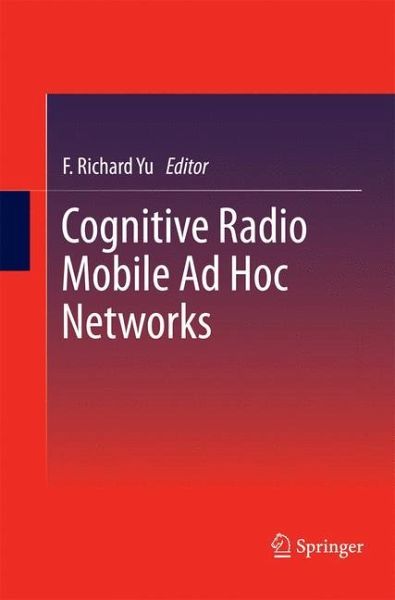
Cognitive Radio Mobile Ad Hoc Networks

PAYBACK Punkte
57 °P sammeln!
Cognitive radios (CR) technology is capable of sensing its surrounding environment and adapting its internal states by making corresponding changes in certain operating parameters. CR is envisaged to solve the problems of the limited available spectrum and the inefficiency in the spectrum usage. CR has been considered in mobile ad hoc networks (MANETs), which enable wireless devices to dynamically establish networks without necessarily using a fixed infrastructure. The changing spectrum environment and the importance of protecting the transmission of the licensed users of the spectrum mainly d...
Cognitive radios (CR) technology is capable of sensing its surrounding environment and adapting its internal states by making corresponding changes in certain operating parameters. CR is envisaged to solve the problems of the limited available spectrum and the inefficiency in the spectrum usage. CR has been considered in mobile ad hoc networks (MANETs), which enable wireless devices to dynamically establish networks without necessarily using a fixed infrastructure. The changing spectrum environment and the importance of protecting the transmission of the licensed users of the spectrum mainly differentiate classical MANETs from CR-MANETs. The cognitive capability and re-configurability of CR-MANETs have opened up several areas of research which have been explored extensively and continue to attract research and development. The book will describe CR-MANETs concepts, intrinsic properties and research challenges of CR-MANETs. Distributed spectrum management functionalities, such as spectrum sensing and sharing, will be presented. The design, optimization and performance evaluation of security issues and upper layers in CR-MANETs, such as transport and application layers, will be investigated.





